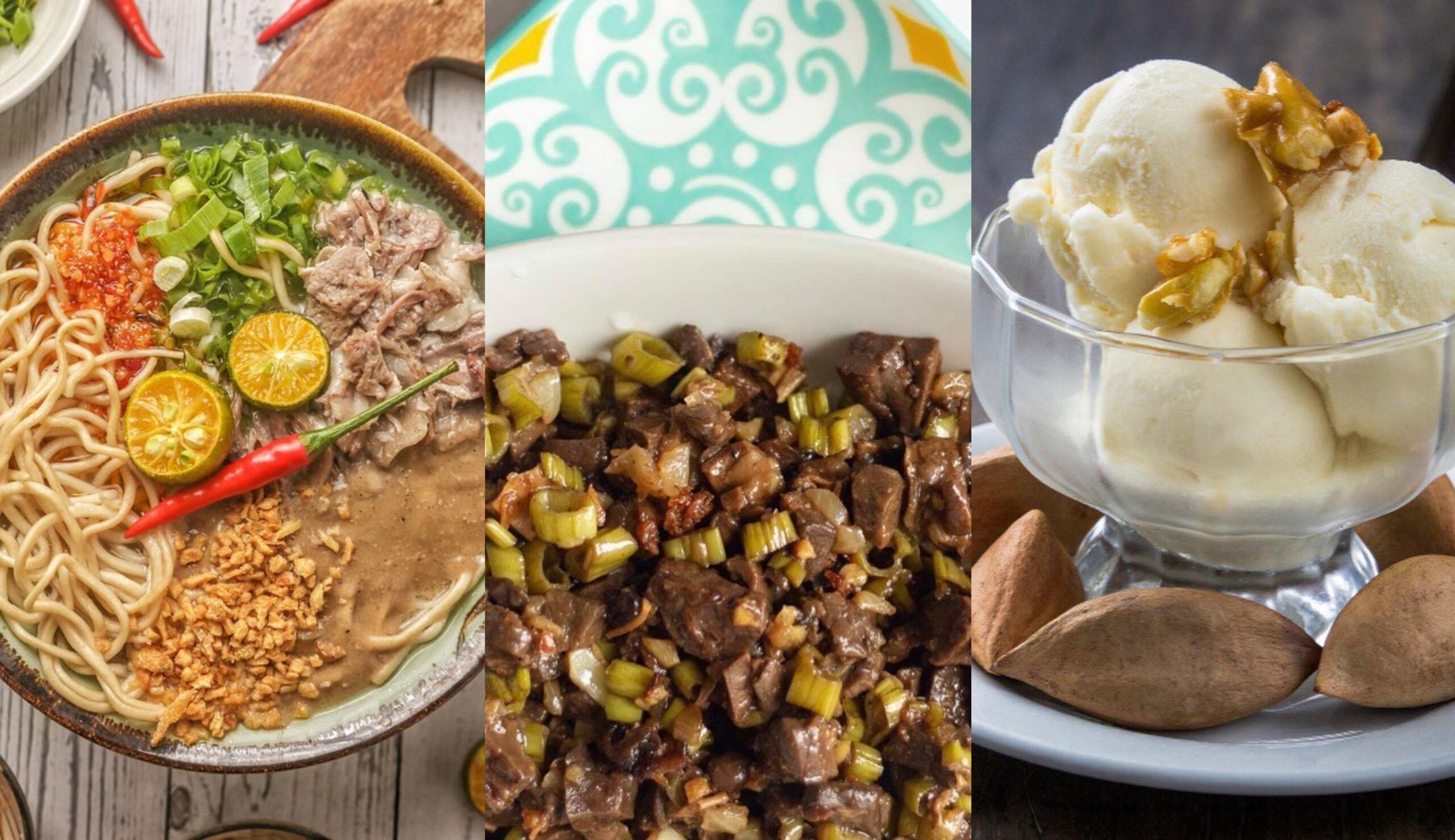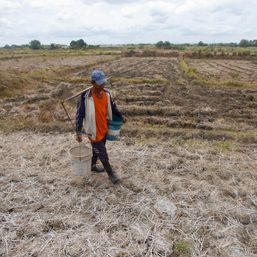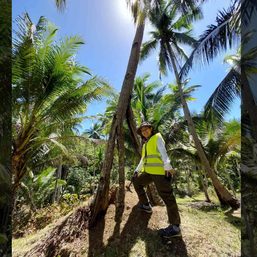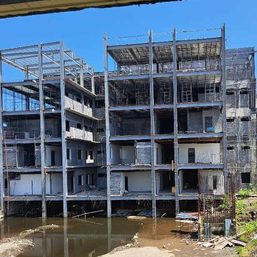SUMMARY
This is AI generated summarization, which may have errors. For context, always refer to the full article.

MANILA, Philippines – From Mayon Volcano in Albay to the Caramoan Islands of Camarines Sur, the Bicol region is best known for its breathtaking sceneries.
Now that travel restrictions are easing up, this destination (which is only an hour’s plane ride away, or 8 to 10 hours if you’re driving or taking the bus from Manila) can offer you beautiful beaches, mountains, and other scenic spots to visit and extreme adventures to try. (READ: Sky meets sea: Beaches in Bicol you need to visit this summer)

And the best way to complete your travel experience is to not miss out on any of their signature dishes. Known for their creamy and chili-infused cuisines and sweet treats, Bicol’s distinct style when it comes to food will surely leave you wanting more.
Bicol Express
What could be more Bicol than Bicol Express?
Every province in the Philippines may already have its own version of this dish, but we all agree that once you’ve tasted the authentic one from Bicol, you won’t be looking at any other Bicol Express outside the region.
Typically made with pork, shrimp paste, tomatoes, onions, green chili, and coconut milk, this creamy and flavorful dish has the right amount of spice to give it a kick.
Found in almost all karinderya and restaurants in Bicol, this viand is best served with plain rice. But if you’re feeling extra adventurous, Bicol Express can be mixed as a pasta sauce, too.
Kinalas
This homegrown noodle recipe from Naga is something you shouldn’t miss when you’re in Bicol.
Visually, it’s comparable to beef mami, a dish most Filipinos are familiar with. But what makes Kinalas different is the addition of a thick and dark brown sauce on top of the noodles, which is often likened to a pancit palabok sauce.
The mixture of firm noodles, hearty broth, and a garnish of scraped meat from a cow’s or pig’s heart makes Kinalas one of the Nagueño’s best comfort foods.
Laing
One of the most famous Bicolano cuisines, Laing is a coconut-milk based dish mixed with shredded gabi or taro leaves and siling labuyo, garlic, ginger, and sometimes, tanglad (lemongrass) and bagoong (shrimp paste).
Some versions have it garnished with fish, pork, meat, or chicken bits, but even without them, a well-made Laing can stand on its own.
While it’s best eaten with white rice, Laing, being creamy and light, has also become one of Bicolano’s go-to snacks or pulutan.
In fact, a laing pizza has also been made! This combination of a creamy Laing mixed with plenty of cheese is a definite must-try!
Pinangat
Almost similar to Laing, Pinangat is another coconut-milk based dish that non-Bicolanos should try. Gabi and banana or coconut leaves are wrapped around pork or fish to make a meat-veggie “pouch” that is slowly steamed in coconut milk, peppers, and spices.
This tender, tasty, and creamy dish tastes good when it’s freshly served and still piping hot. But trust us when we say that frozen Pinangat is a game-changer, too.
Kinunot
If you still can’t get enough of creamy dishes like Laing and Pinangat, then Bicol’s Kinunot will surely tickle your fancy.
This coconut cream-based dish is made with flaked padi (stingray), malunggay (moringa) leaves, siling labuyo, and coconut cream sauce. You may also find versions made with shark meat, crab, and other fish.
While it’s often treated as an appetizer, trust us that a perfectly made Kinunot can very well pass as a main dish
Pancit Bato
Like most places in the Philippines, Bicol also has their own Pancit dish. What makes Pancit Bato different is that the noodles, which originate from the town of Bato in Camarines Sur, are actually a bit thicker and firmer in bite.
It’s cooked like most pancit dishes, with chopped vegetables like cabbage, carrot, green beans, and the occasional addition of chicken liver, and pork. Sometimes, they’re also topped with dinuguan for extra flavor or served with broth.
Kandingga
The Bicolano’s way of preparing bopis, kandingga is made with pork bits such as heart, lungs, and spleen that are cooked in vinegar and coconut milk. And of course, a handful of siling labuyo is also added to the mix.
Pili Nuts
Another source of Bicol pride is the Pili, an indigenous nut that grows primarily in the Bicol region. While Pili nuts can be eaten raw and gives you this soft yet crunchy taste, its flavors also differ when either roasted or caramelized.
It’s no wonder that this popular snack is widely used in a variety of delicacies. Most pasalubong shops across the region offer Mazapan de Pili (caramelized), Pili pastillas, butternuts, sesame-seed coated Pili, and even flavored Pili.
Nilubak
A creamy type of kakanin, this native delicacy of Bicol is made from boiled kamoteng kahoy (cassava) or banana pounded into a pulp and mixed with sugar, condensed milk, and grated coconut. It is usually served with margarine and grated peanuts as toppings.
Puto Bukayo
Another Filipino delicacy with a Bicolano twist! The round and chewy puto that most Filipinos are familiar with is filled with sweet and extra crunchy coconut that is cooked in brown sugar.
The softness of the puto mixed with the cooked coconut filling makes this sweet treat a go-to meryenda for most Bicolanos.
Biniribid
Like most Bicolano food staples, this delicacy also uses coconut milk and rice flour as its main ingredient. It is then deep fried and either topped in white sugar or brown sugar glaze.
Sili Ice Cream
A Bicol delicacy list won’t be complete without its trademark sili ice cream. After all, who says that desserts can’t be both sweet and spicy?
The creamy frozen nature of ice cream is punctuated with a hint of spice from its chili and coconut milk flavors. If you are worried about the spiciness, don’t worry because you can choose among four spicy levels depending on your spice tolerance.
And if you’re still looking for more uniquely flavored ice cream, they also offer Tinutungang ice cream, which is made of roasted coconuts, Tinutong na Bigas, Cacao, Malunggay, and many more!
What’s the first thing you’ll try for your upcoming Bicol trip? – Rappler.com
Add a comment
How does this make you feel?





There are no comments yet. Add your comment to start the conversation.